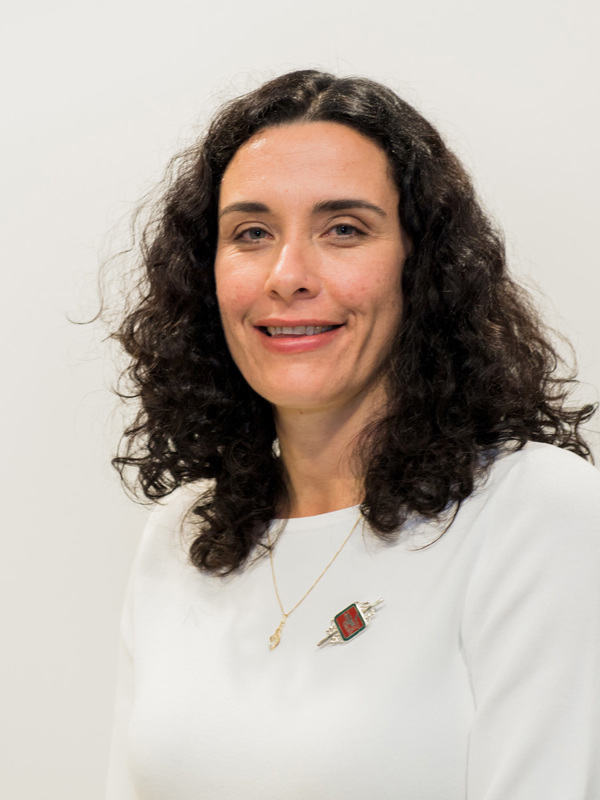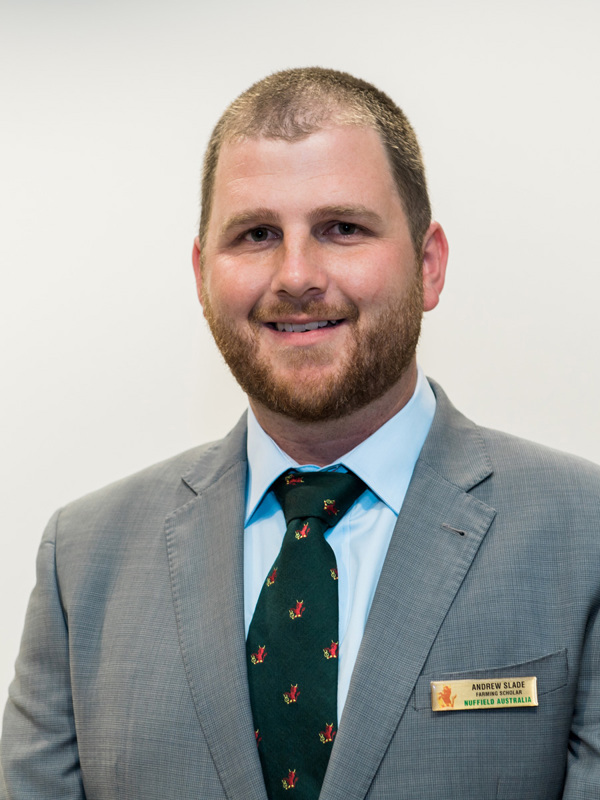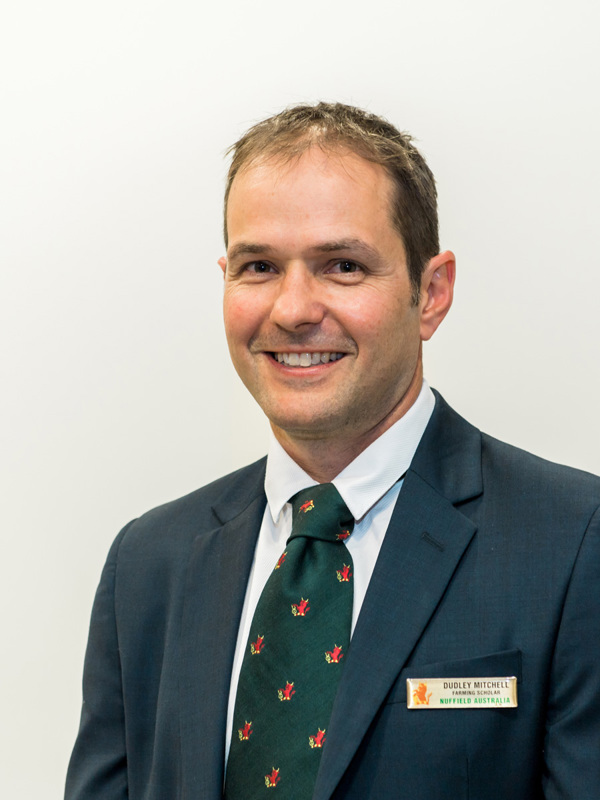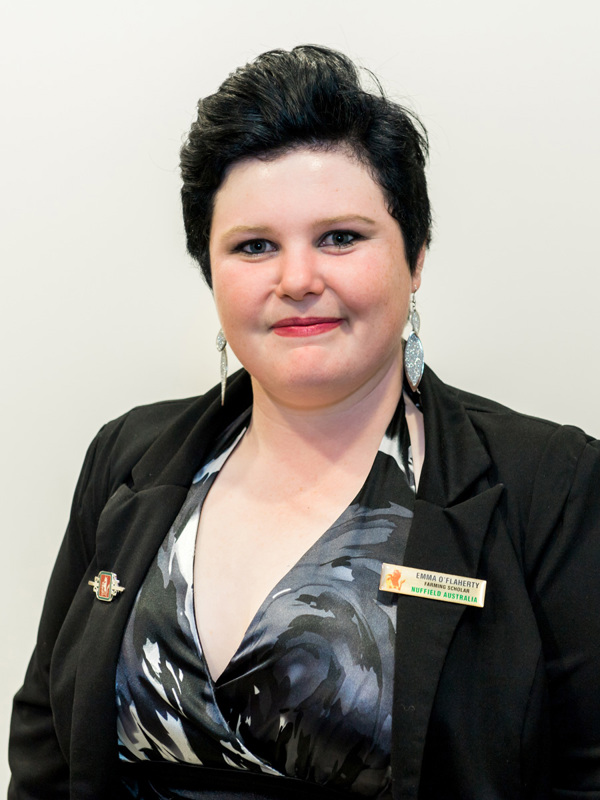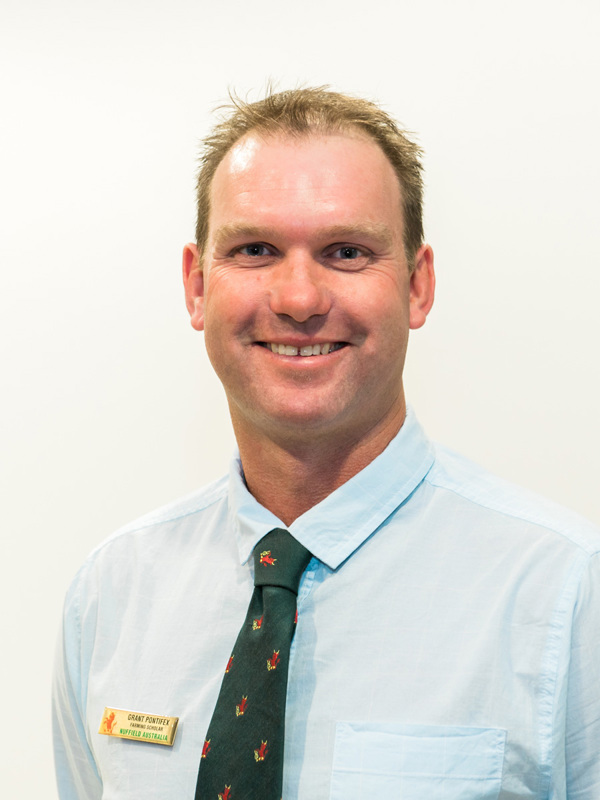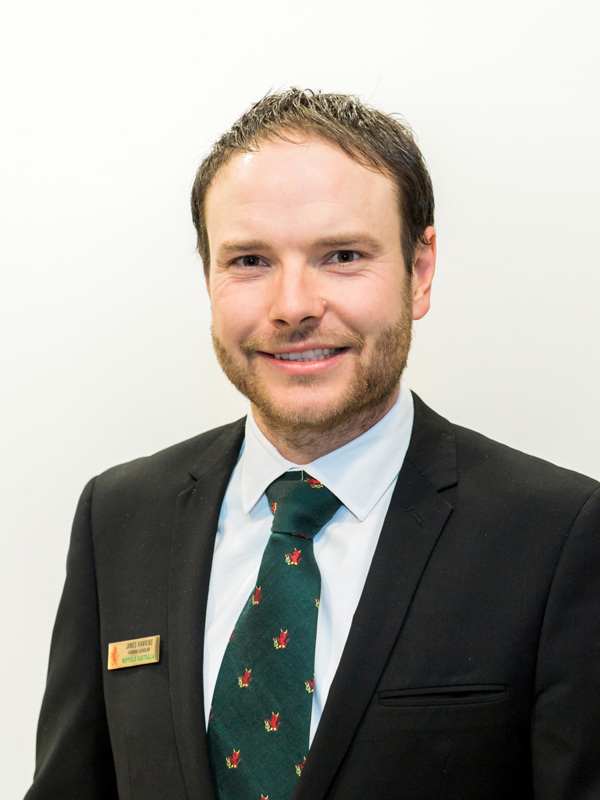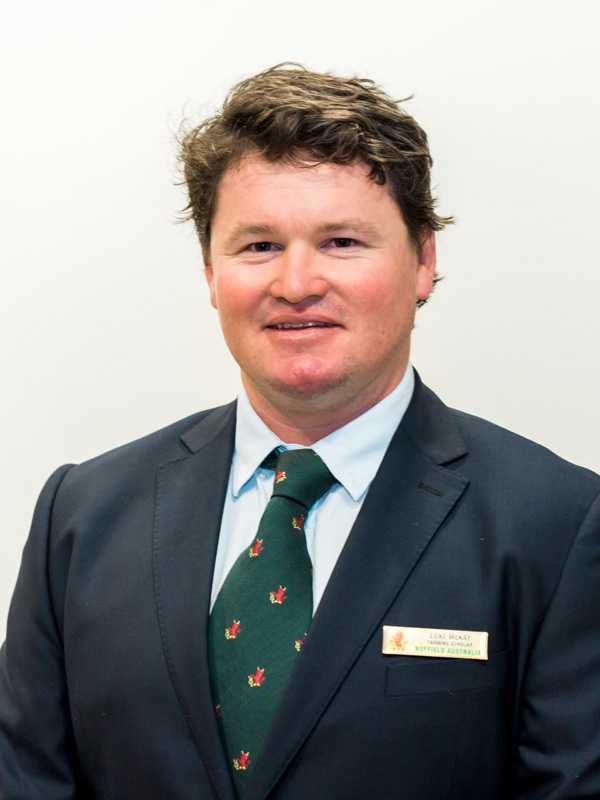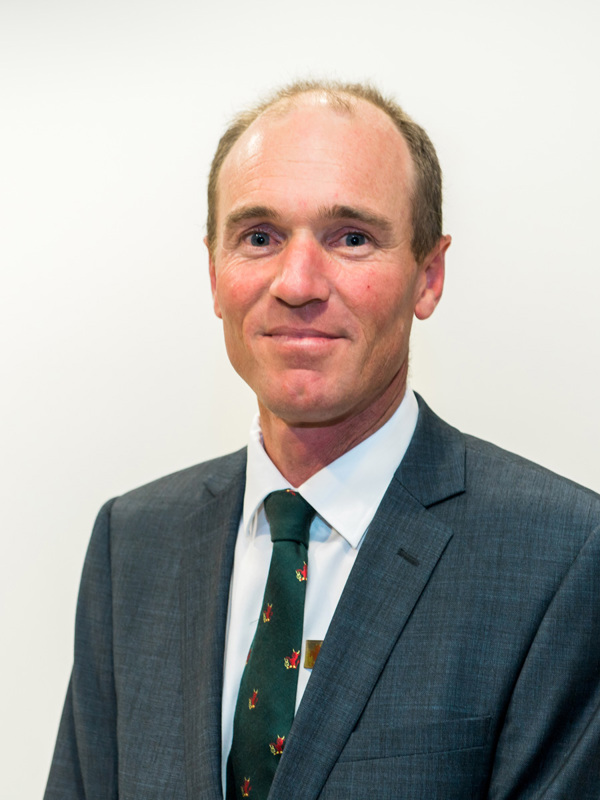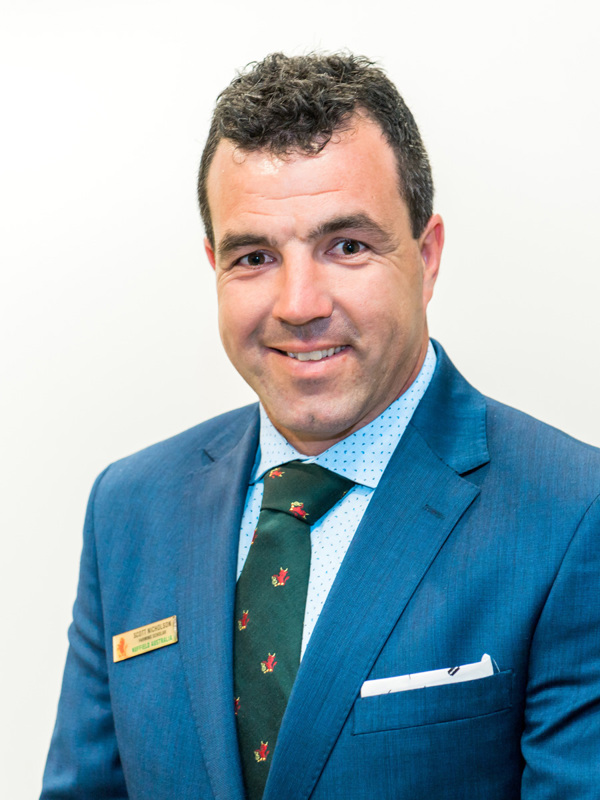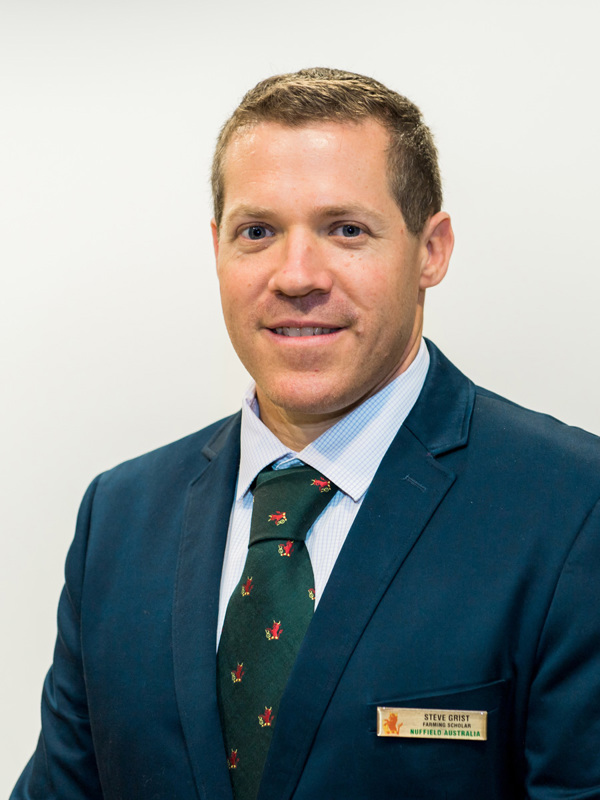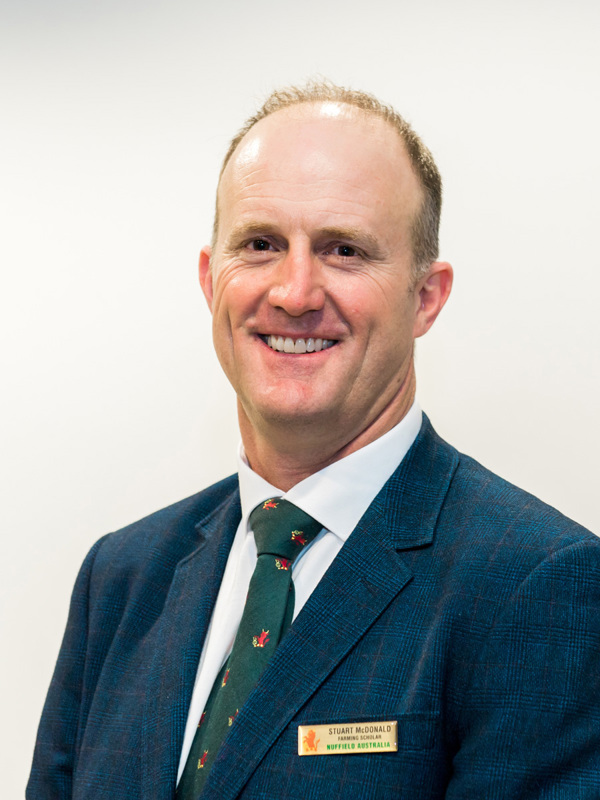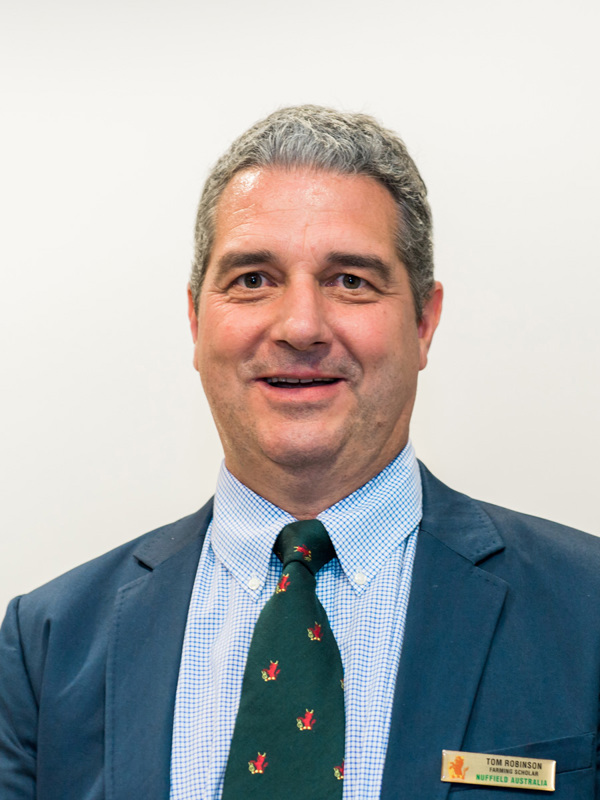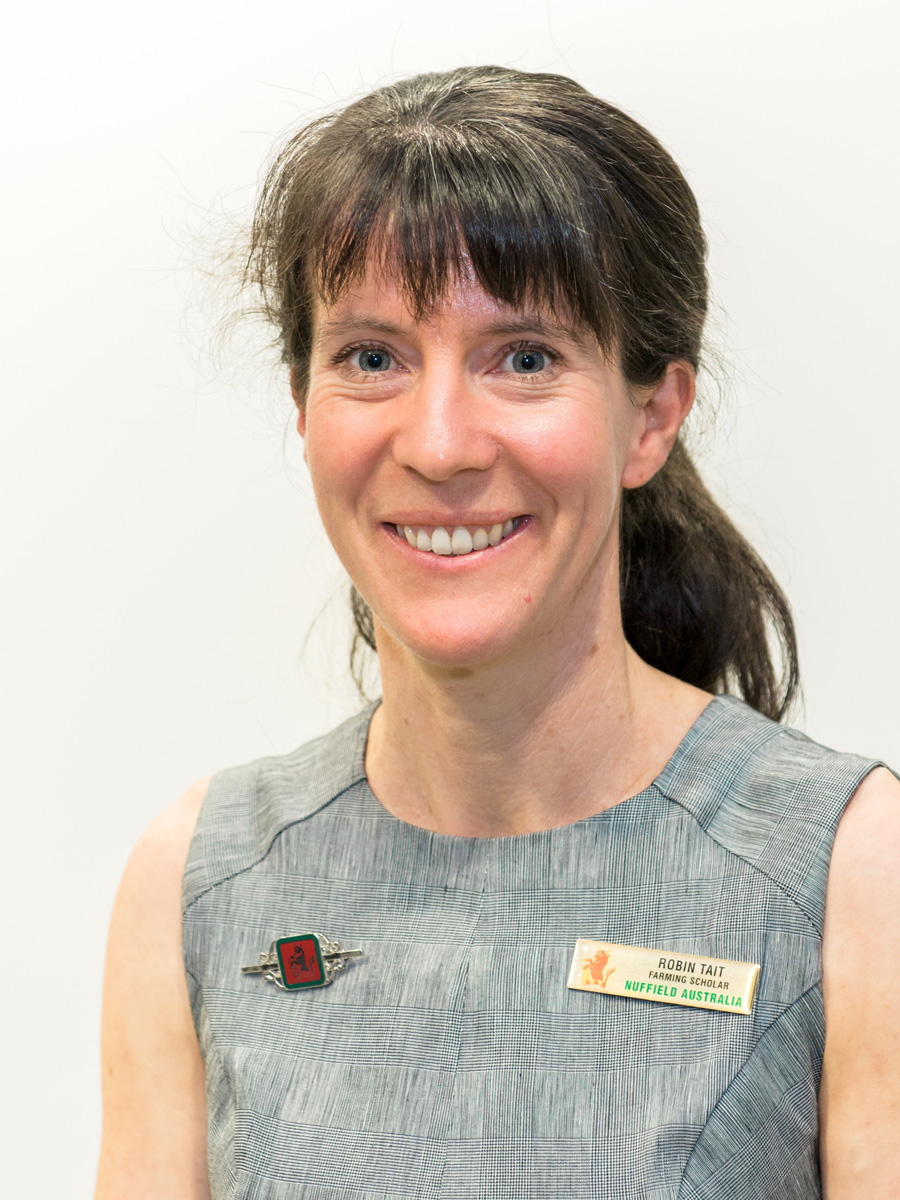
Robin Tait
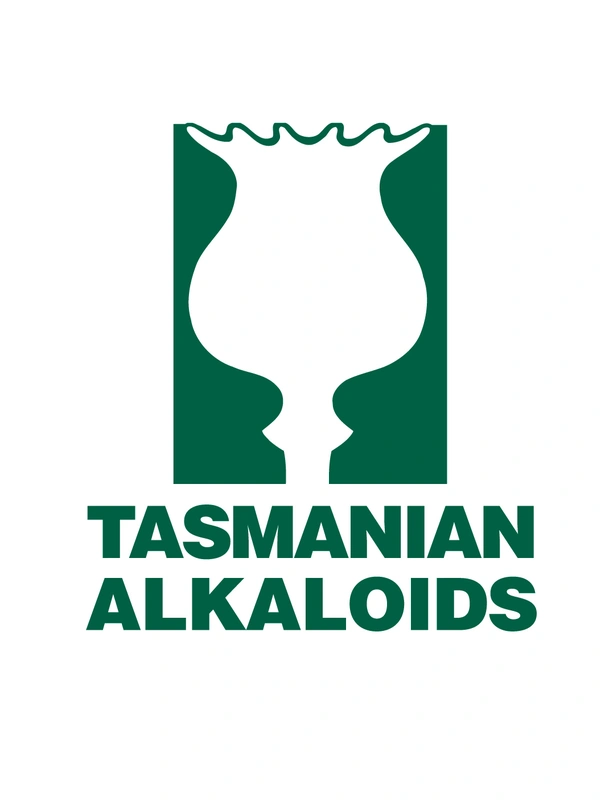
Nuffield Australia 2018 Scholar
High value cropping: Maximising soil health to minimise synthetic inputs
Farmers willing to change their farming practices and place greater emphasis on their soil health will be able to realise the ecosystem services delivered by soil, ultimately reducing their reliance on synthetic inputs and developing more resilient farming systems. That’s a key finding of research released by 2018 Scholar, Robin Tait. Based in Devonport, Tasmania, Robin provides agronomic advice for Botanic Resources Australia, working with farm managers to produce pyrethrum and other crops.
With support from Blundstone Australia, the Bruce Wall Trust, Robert Gatenby Memorial Trust and Tasmanian Alkaloids, Robin travelled across the United States, United Kingdom, France, Belgium, Canada and the Netherlands to unearth clues as to how regenerative agricultural principles can fit into existing farming systems.
“My aim was to discover how to improve soil health in high value cropping rotations, in order to future-proof our farming systems and minimise reliance on synthetic inputs. I started investigating seeders, cover crop mixes and soil improvements to understand if these could reduce the amount of fertiliser and pesticides required to grow crops. As I got further into my research, I realised that a paradigm shift was needed first to move toward an understanding of nature and key principles for maintaining soil health.”
Robin’s research outlines five key principles to soil health, including maintaining plant life and soil cover, minimising disturbance, plant diversity, and livestock integration.
“These five principles can be used in a farming system to maintain a high functioning and healthy soil while growing productive crops. While the principles are universal, the implementation is varied and diverse, and it’s up to the individual farmer to find ways to integrate the principles onto their farm. Strategies can include cover crops, companion planting, cattle, crop residues, direct seeding, strip tillage and relay cropping.”
Researching approaches to maintaining plant life all year round, Robin observed the practice of double cropping in Blain, western France.
“Double cropping has been introduced in to reduce cultivation and improve weed control, by constantly having a living root in the ground. Barley is harvested in July, then buckwheat and winter wheat are planted straight after the barley harvest. Buckwheat is then harvested in late September and the winter wheat is harvested the following season.”
The report also details changes in cultural practices, observed across the United Kingdom, Belgium, France and Denmark, where farmers were reducing their fungicide use by stepping away from single cultivars of wheat.
“Instead of relying on one monoculture of wheat, growers were combining multiple cultivates from different family and disease resistance lines. This helped them to reduce fungicide resistance and increased the diversity of plants in the field,” Robin said.
Ultimately, Robin’s research concludes there is no simple recipe to unlock the benefits of regenerative agriculture.
“There is a distinct opportunity to use regenerative agriculture to enhance the soil ecosystem and support healthy plant growth. Across the world, farmers and scientists are realising that soil is a living ecosystem providing a complexity of interwoven connections both above and below ground. This understanding has resulted in a paradigm shift in soil management, which will ultimately allow farmers to produce high value, high yield crops and be better prepared when the time comes that the availability of synthetic inputs is limited.”
Investor Information:
Tasmanian Alkaloids, Blundstone, The Bruce Wall Trust and The Robert Gatenby Memorial Trust
